The following post was written by mom mom, WWW. Thanks mom!
I have written in this space many times about the joys of home vegetable gardens. So has my mother, Rebecca’s Nana. The cool season garden is my favorite. Cool season crops are easier to grow and get fewer pests than vegetables needing summer heat. Plus they are just so beautiful. In California, we grow cool season veggies in winter. In colder climates, these are your early spring vegetables.Fava beans are one of the easiest and most fun cool season crop to grow. Rebecca wrote a post about them here which includes a sweet little video of my mom and Fable planting them the year Rebecca was pregnant with the twins. In the video, she mentions pinching off the tops when the flowers have started to open as a means to encourage the plants to bear beans earlier. “Don’t throw them away” she says. “They are delicious.”
This is the first year I have planted fava beans in my garden and I am now an enthusiastic fan. First off, they are beautiful to look at, and since my vegetable garden sits in front of my kitchen window, this is an added bonus. I don’t have any mature pods yet on my fava plants—they are just beginning to form—but we are loving eating the pinched off tops, flowers and all.
Favas, or broad beans, aren’t beans at all but are members of the vetch family—another type of legume. They are often grown as a “cover crop” to improve soil since they take nitrogen from the air and fix it in their roots. (To grow as a cover crop, cut them down when they are covered with flowers but before the pods have formed, leaving the roots in the soil to release the nitrogen. You can eat all the tender leaves and flowers.)
In California, we plant broad bean seeds in fall for a spring harvest. Besides California, fava beans are particularly suited for northern cool climates, planted in spring. Order your seeds now and plant as soon as the soil is soft enough to till. For those of you living in hot summer climates, such as the East Coast and Midwest, you need to get the favas in the soil as soon as possible so that the beans form before the summer heat. But even if your spring is short and the heat takes over, you can grow favas for the tender and delicious leaves, which taste like a cross between a fava bean and pea tendril. They sprout and grow quickly, so you can keep planting them weekly until it is warm enough to put in your summer vegetables, harvesting when they are about six inches tall. This is a really fun project for kids since the seeds are huge and they sprout and grow quickly, plus, you can leave the roots in the ground and they will add nitrogen to the soil. Or, if you don’t have garden space, plant them in planting trays, a couple of inches apart, and set in a sunny spot on your patio. Use leaves raw in salads, steam, or stir fry just until wilted.
Last weekend I had enough pinched-off fava leaves to make a fabulous vegetable for company. I stir-fried them until just wilted in oil and garlic and sprinkled with truffle salt—simple and delicious.
Wilted fava leaves
Fava bean leaves and tops (3-4 oz/serving)
2 T good quality olive oil
2 cloves chopped garlic
red pepper flakes (such as urfa)
truffle salt to taste
Heat oil in large frying pan on medium high. Add garlic and pepper and stir for about 1 minute, or until fragrant.
Add fava leaves in batches. Stir until just wilted.
Sprinkle with truffle salt and toss:
Serve:
Here are a couple of other uncommon cool season greens:- broccoli leaves
- pea tendrils
***
Enjoy!
Love,
WWW

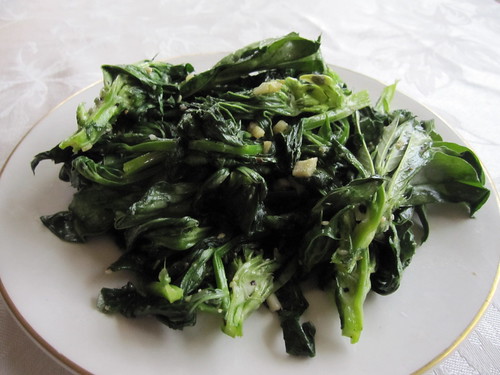
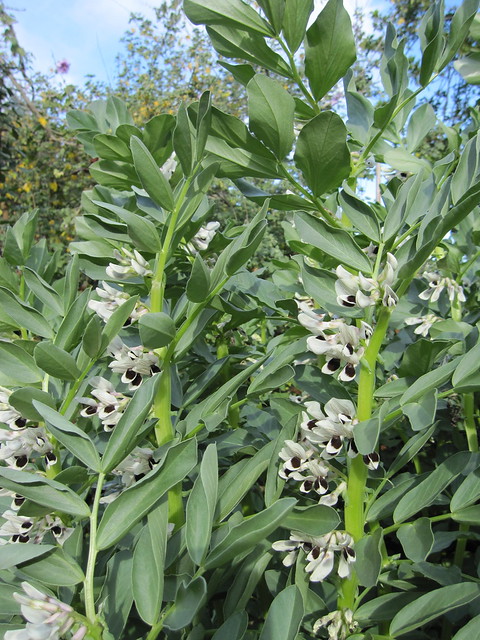
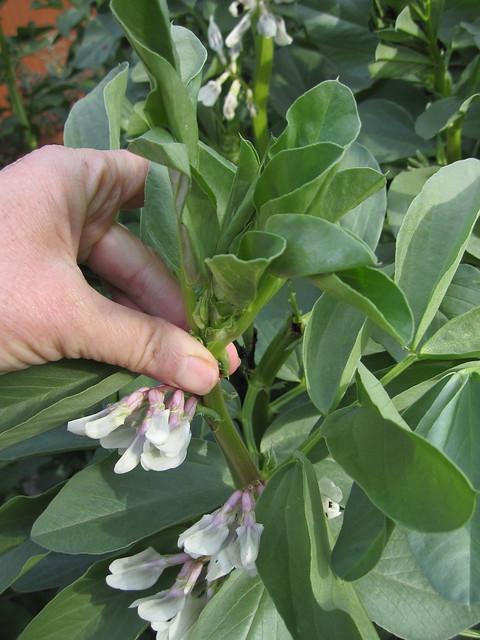

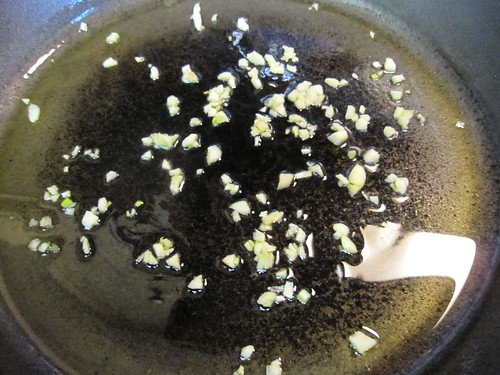
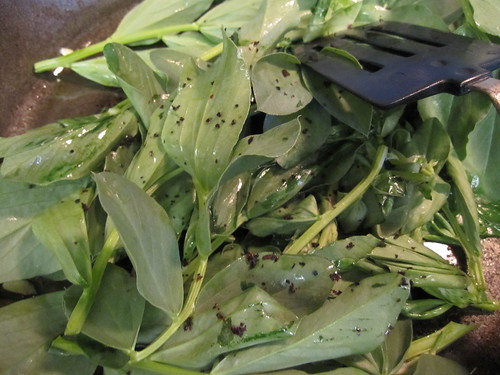
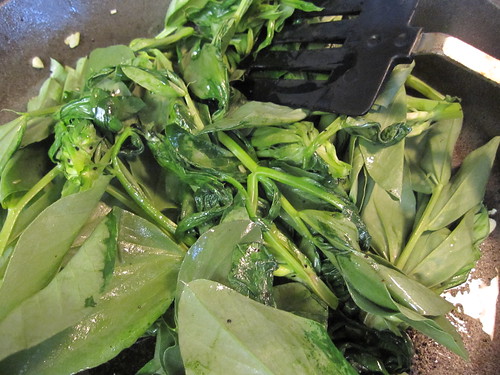

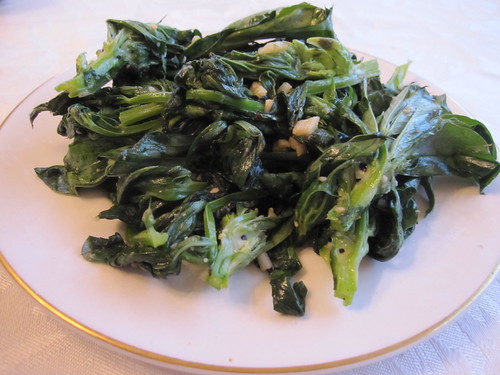

0 comments:
Post a Comment